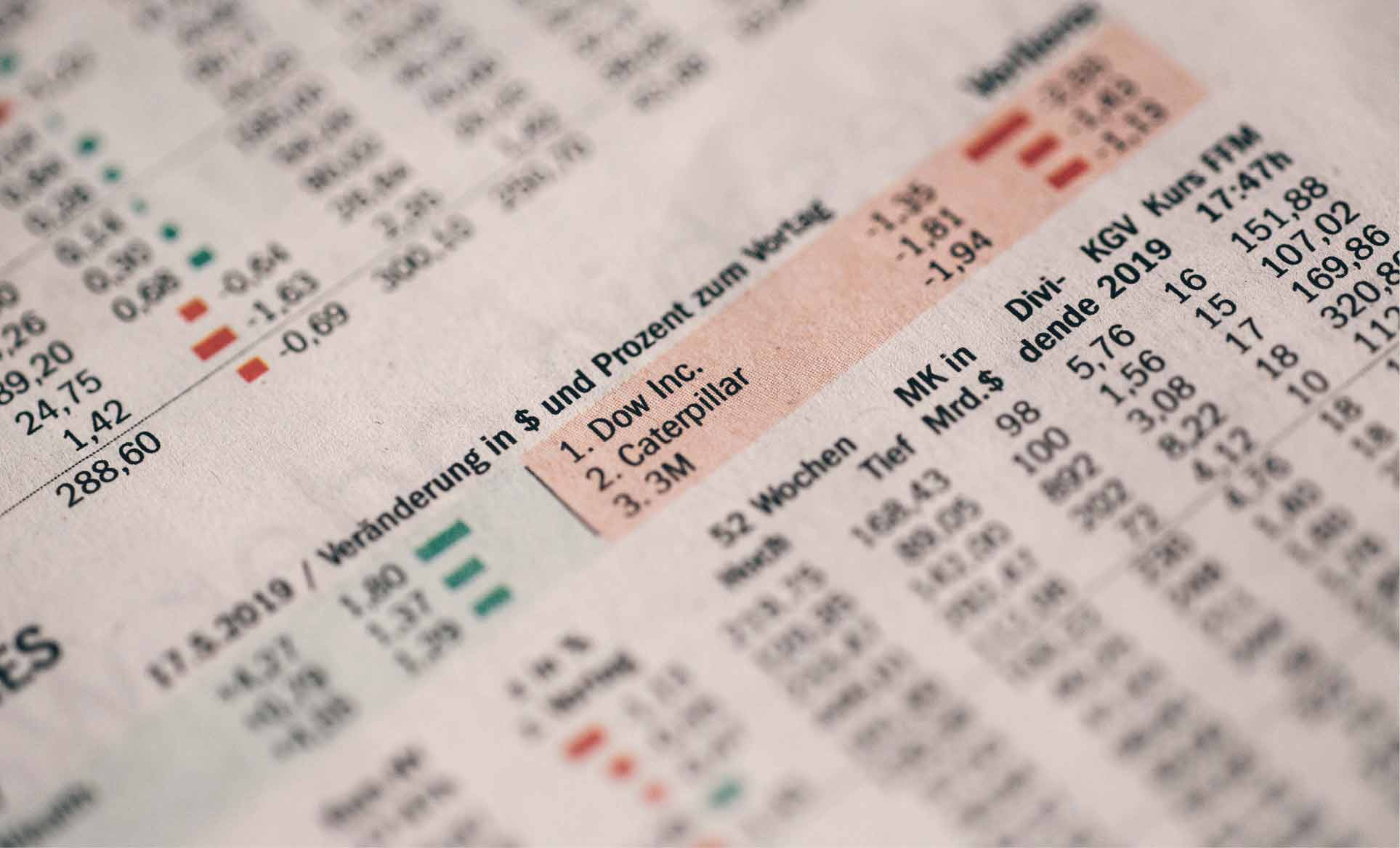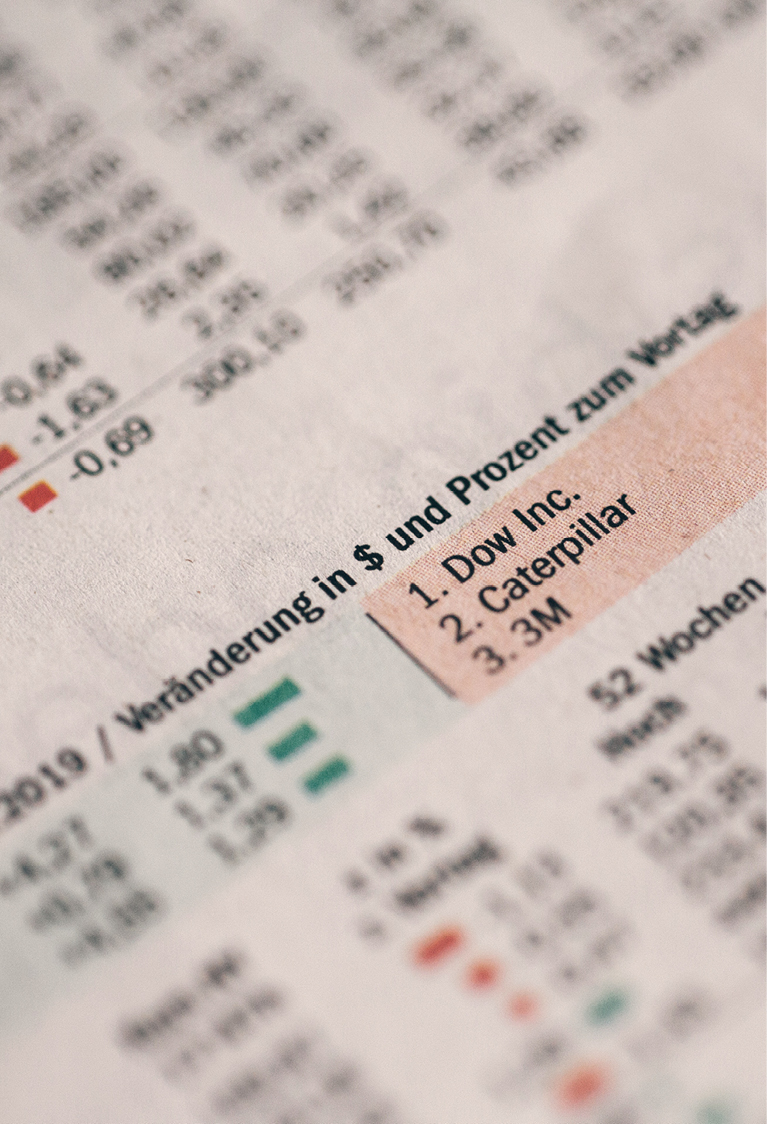


In the latest report from our Leading Hospitality Through Turbulent Times series, journalist Stuart Pallisterserves up the highlights from an expert market analysis by Cyrille Urfer, Head of Sovereign Wealth Funds & Institutional Clients, Middle East at Unigestion. Cyrille was presenting with our own Emmanuel Jurczenko, Director of Graduate Studies and Professor of Finance.
We’ve read much about the human and business toll from the COVID-19 pandemic. But what has been the impact on public markets and the various asset classes which sit in the engine room of the global economy? In a presentation on 12 June, Unigestion’s Cyrille Urfer provided our students with some answers.
Cyrille, who has some 30 years’ experience as a senior executive with private banks in Switzerland and sovereign wealth funds, described the crisis impact to that point as as a “drama in four acts”:
- Act 1 (Dec 31-Feb 24): In January, growth was moderate but stable. After the US and China reached agreement on phase one of a trade deal in mid-January, the S&P 500 share index climbed to an all-time high on February 19.
- Act 2 (Feb 25-Mar 11): Within days, a sequence of events “put a lot of pressure on asset classes, prices and economies” due to Saudi Arabia deciding to spark an oil price war, with the result that prices fell by 34% to a four-year low.
- Act 3 (Mar 12-Mar 20): On March 12th, a major sell-off in the markets saw the S&P 500 plummeting by 9.51%, a day after the World Health Organization declared the virus was a pandemic. This was the index’s worst day since 1987. A few days later, the US Federal Reserve intervened to cut interest rates to near zero; but the markets continued to fall. “We reached market lows on March 23rd where clearly the market was in a bear mode,” Cyrille said.
- Act 4 (Mar 23- May 31): From March 23rd, a “pretty strong recovery”, with the S&P 500 on June 5th up 45% from its lowest point.
“Clearly we’ll continue to have a fairly volatile market and behaviour going forward as we’re far from the end of external shocks and volatility,” Cyrille said, adding that emerging markets, and in particular China, had proved resilient during the sell-off.
He went on to introduce the students to Unigestion’s Nowcaster, which aggregates real-time data to gauge recession and inflation risks as well as market stress. Cyrille noted that at the end of February, when market stress was considered to be high, Unigestion began repositioning its portfolio to reduce exposure to credit, equities and commodities – switching instead to ‘defensive asset classes’ such as government bonds and investment grade credit.
Assess the stress
The Nowcaster, which Cyrille said is also used by central banks – albeit “for a fundamentally different purpose” – uses three main indicators to assess the amount of market stress in the system, namely: liquidity, volatility, and spreads to assess the amount of risk borrowers are taking.
“As you move down the quality spectrum, you expect to be paid for the risk you’re taking. If the risk goes higher, you would demand a much higher level of compensation for the risk you’re taking as an investor,” he explained.
“Thanks to the intervention of central banks (in terms of pumping money into economies), clearly the liquidity risk or compensation required by investors and market participants went back to pre-COVID levels relatively quickly.”
It’s different this time
The current crisis, however, is “fundamentally different” from the financial crisis of 2008- 2009, he said, as asset-backed securities are “not the issue this time. You can also see that the banking system is definitely not at risk of becoming insolvent”.
The US Federal Reserve had declared on March 23rd that it would do ‘whatever it takes’ to support the US economy and “make sure that liquidity is provided so that companies, municipalities, government agencies and others are able to refinance themselves relatively easily. It’s a very important element because leverage in the system since the financial crisis has increased substantially, which means there’s a lot of debt at every level”.
With regard to the cost of borrowing, Cyrille said there had been a substantial pick-up “that most of us have not seen in our careers, moving from a fantastic environment for corporates with relatively tight spreads (versus Treasury government bonds) up to the end of February and then an increase in spreads of up to 900 basis points”.
He added, “This means that if low quality corporates have to refinance, the cost of debt will be approximately 10%, rather than the 3% we saw in early February. The result is that many of these companies that have debt that is maturing will face much more expensive refinancing activity. This, in turn, will have an impact on their ability to generate profit and continue to operate going forward.”
Endangered species
Cyrille feels that the markets are in a much more rational situation in terms of pricing the risk of some borrowers, “even though we’ve not reached the lows”. That said, some notable companies are “in a distressed situation where most of them will almost certainly not be around for very long, as their business activities have been affected by the pandemic”.
For example, the car rental firm Hertz has filed for Chapter 11 bankruptcy protection in the US, “which demonstrates that some of these businesses have been clearly impacted tremendously by the current crisis”.
Switching his focus to equity markets, Cyrille pointed out that the Swiss stock market has proven to be “more resilient” than the UK and Italy, due to being heavily weighted towards sectors such as pharmaceuticals and food. As for emerging markets, China “has done well during the crisis”, even though the country was the first to be hit by COVID-19. The stock market in China fell by 10% at its worst point; but heavyweight e-commerce companies such as Tencent and Alibaba have proved to be the “main beneficiaries of the crisis”.
Where are we now?
Cyrille said that, despite negative headlines about the impact of the lockdowns on economies, market stress had returned to a “more normal level; and it’s therefore a much more constructive environment for investing” at the time of his presentation.
“The risk of recession is clearly now fully embedded in the numbers and expectations. Yes, the hit will be big but most of it is factored in. And as markets tend to price in the future and not the past, the market seems to believe that there’s potential – from a low base, yes – that the economy will start to normalise and recover,” he added.
Most financial analysts, he revealed, have already moved their expectations for 2020 to 2021, while earnings have been revised down to 2009 levels.
That said, compared with the shocks of the 2001 tech bubble and the 2008 global financial crisis, this recovery “has been strong, rapid and quicker, with the market recovering quite nicely”.
Reading the news
Along with its Nowcaster indicators, Unigestion has also developed a Newscaster index, which assesses the sentiment of news headlines. “Generally, what you have to do is sell before things get worse. And when everybody’s negative, it’s generally a good indication that maybe we’ve reached the tipping point. And that’s exactly what happened on March 23rd (when the Newscaster index was at its lowest point),” said Cyrille.
In terms of valuations, share prices and other asset classes became more attractive by the end of May, he said. “We think that after the sell-off, many of these growth types of asset classes became very cheap and therefore constituted an interesting entry point for long-term investors, as valuations tend to correct over time. Generally, when you buy an asset cheap, you’re in a better position to generate positive returns going forward.”
As for inflation risks, “we don’t see any reason for investors to own asset classes that will do well in an inflation period, because we don’t see inflation coming back into the system, at least at this point in time”.
He concluded, “In a nutshell, the macro environment clearly has improved and sentiment has turned. And we see the valuation of growth assets to be pretty attractive at this stage.”

















